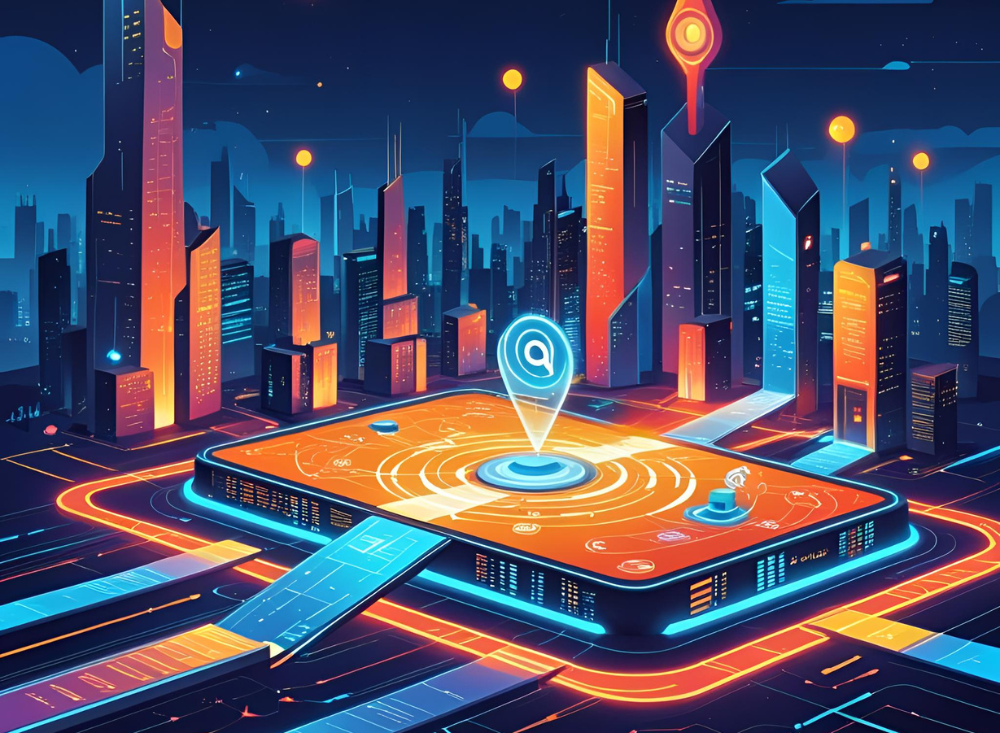
In the fast-evolving world of software development, delivering high-quality applications is critical, but the repetitive grind of manual testing—especially for complex AI-driven systems like machine learning models, chatbots, or recommendation engines—often traps QA teams in routine tasks, stifling their ability to innovate. Time spent on tedious test creation, execution, and maintenance pulls focus from creative problem-solving and strategic improvements. AI-powered testing automates these routine tasks, freeing your team to innovate, delivering comprehensive, reliable results effortlessly, and transforming quality assurance (QA) into a dynamic, creativity-driven process.
The Innovation Drain of Traditional Testing
Testing AI-driven applications requires validating functionality, performance, security, accessibility, and fairness across diverse scenarios, devices, and user interactions. Traditional testing methods burden teams with repetitive work, leaving little room for innovation:
- Routine Test Creation: Crafting test cases by hand for every feature, edge case, or update, consuming time better spent on creative solutions.
- Tedious Test Execution: Running tests manually across configurations, diverting energy from strategic thinking and innovation.
- Maintenance Overload: Updating tests to align with evolving code, UI, or data, locking teams in repetitive cycles.
- Error-Prone Distractions: Manual oversight risking defects or inconsistencies, forcing teams to focus on fixes instead of new ideas.
- Scalability Barriers: Testing large-scale systems with complex behaviors, overwhelming teams and stifling creative contributions.
AI-powered testing automates these routine tasks, empowering your team to focus on innovation while ensuring flawless quality with minimal effort.
How AI Automates to Unleash Innovation
AI-powered testing leverages advanced techniques like machine learning, predictive analytics, and behavioral modeling to automate repetitive QA tasks. By handling the grunt work, AI frees your team to innovate and drive value. Here’s how AI makes it happen:
1. Automated Test Case Generation
AI analyzes application code, requirements, and behavior to generate hundreds of test cases instantly, covering functional scenarios, edge cases, and complex workflows. This automation frees your team from manual test creation, giving them time to innovate.
2. Effortless Test Execution
AI executes entire test suites across devices and scenarios in seconds, validating functionality, performance, and more with precision. This hands-off automation eliminates tedious execution, letting your team focus on creative solutions.
3. Self-Adapting Test Maintenance
As applications evolve, AI dynamically updates test cases to reflect changes in code, UI, or data, eliminating repetitive revisions. This automation ensures tests stay current, allowing your team to innovate without maintenance burdens.
4. Proactive Defect Prediction
AI uses predictive analytics to anticipate issues like performance bottlenecks, biases, or security vulnerabilities, analyzing historical data and patterns. This proactive automation catches defects early, freeing your team to explore innovative improvements.
5. Streamlined User Behavior Simulation
AI simulates thousands of user interactions—clicks, swipes, multilingual inputs—across scenarios, validating usability and functionality automatically. This handles routine testing, enabling your team to innovate on user experience enhancements.
6. Real-Time Feedback and Insights
AI delivers instant feedback during testing, generating detailed defect reports with root causes and remediation suggestions. This automated analysis streamlines issue resolution, giving your team time to focus on creative problem-solving.
7. Innovative Exploratory Testing
AI suggests high-value test paths based on real-time application behavior, like edge cases in a chatbot’s logic, enabling efficient exploration. This automation handles routine checks, empowering your team to innovate through creative testing.
8. Seamless CI/CD Integration
AI embeds testing into CI/CD pipelines, automating validation with each code commit. This continuous automation ensures quality without manual effort, freeing your team to innovate on development processes.
9. Comprehensive Validation with Freedom
AI automates testing for functionality, performance, security, accessibility, and fairness, ensuring compliance with standards like GDPR or WCAG. This holistic automation delivers reliable results, letting your team innovate without QA constraints.
Benefits of Automating While Innovating
The “automate while your team innovates” approach delivers transformative benefits:
- Creative Freedom: AI handles routine tasks, freeing your team for innovative, high-value work.
- Rapid Results: Instant automation delivers comprehensive quality, keeping projects on track.
- Enhanced Precision: Automated processes ensure accurate, reliable outcomes, supporting innovation with confidence.
- Engaging QA: Streamlined workflows energize teams, making testing a springboard for creativity.
- Scalability: AI handles complex systems, enabling innovation on large-scale projects.
The Future of AI-Powered Testing
As AI-driven applications grow in complexity, the demand for efficient, innovation-friendly testing will surge. Advances in machine learning, natural language processing, and quantum computing will further enhance AI’s ability to automate routine QA, provide deeper insights, and scale to intricate systems. By embracing AI, teams can focus on innovation, delivering exceptional quality with efficiency and creativity.
Automate while your team innovates with AI-powered testing. By streamlining test creation, execution, and maintenance, AI delivers comprehensive, reliable results effortlessly, transforming QA into a creativity-driven process. Unleash your team’s potential—AI makes testing efficient, precise, and extraordinary.